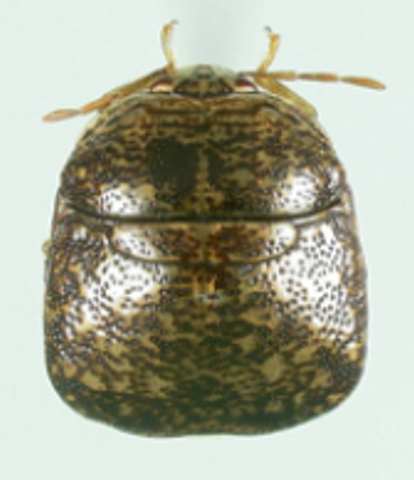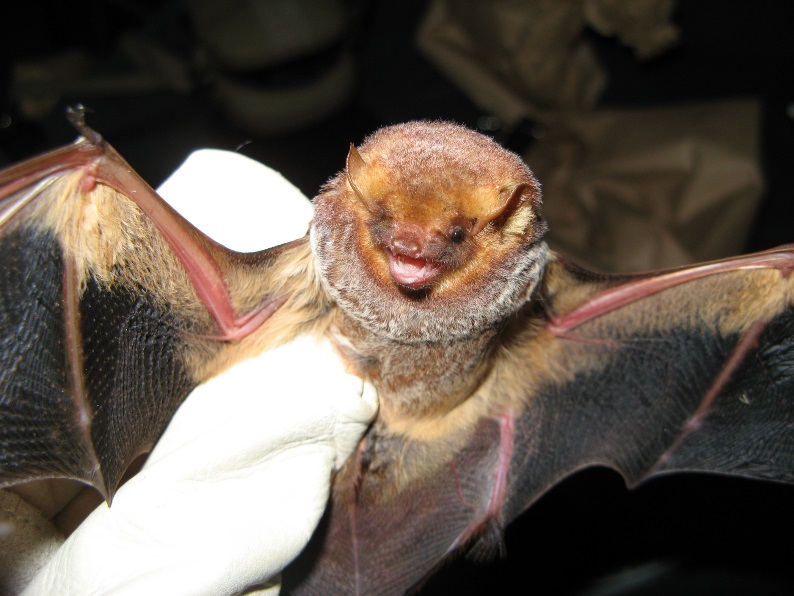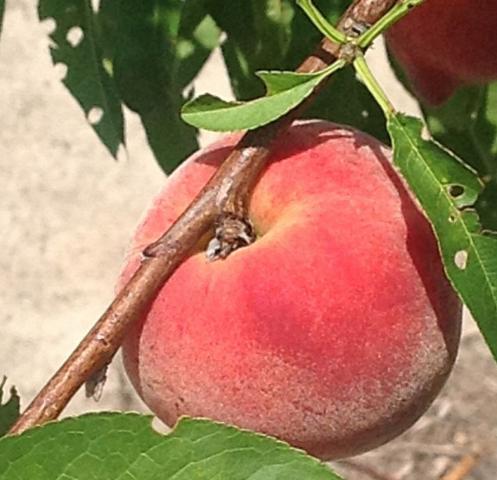
by Russ Mizell | Mar 7, 2014
The kudzu bug has emerged from its overwintering locations with a vengeance! If you saw recently a large number of small greenish and flattened insects on your exterior walls, your vehicles or most any other light colored object, you saw kudzu bugs. This insect with...
by Russ Mizell | Nov 8, 2013
Were you among the many visited by Kudzu Bugs last week? If you saw a large number of small greenish, round, flattened insects on your home’s exterior walls, then “yes” is the answer! You and lots of your friends and neighbors received an unexpected guest last week...

by Doug Mayo | Oct 25, 2013
Holly Ober, UF/IFAS Wildlife Ecology & Conservation Specialist Eleven different species of bats live in north Florida year-round. These bats are voracious feeders. During spring, females with young can eat nearly their entire body weight each night. Their food...
by Les Harrison | Oct 18, 2013
Turns out the Kudzu Bug, a recently discovered East Asian agronomic pest, and two invasive Asian thrips may have the potential to control another invasive pest from the Far East. All three insects appear to have a dietary preference for the invasive plant, kudzu....

by Doug Mayo | Sep 20, 2013
The University of Florida IFAS Extension offers a database of fact sheets available for free download on the Internet called EDIS (Electronic Data Information Source) that has many publications of interest to farmers and ranchers in Northwest Florida....
by Doug Mayo | Sep 13, 2013
With all of the rain Florida has received the last two months, the mosquito population has increased dramatically. Mosquitoes are the vector or carrier for viruses that can be transmitted from wild birds to humans and horses. Through August there have not been any...




